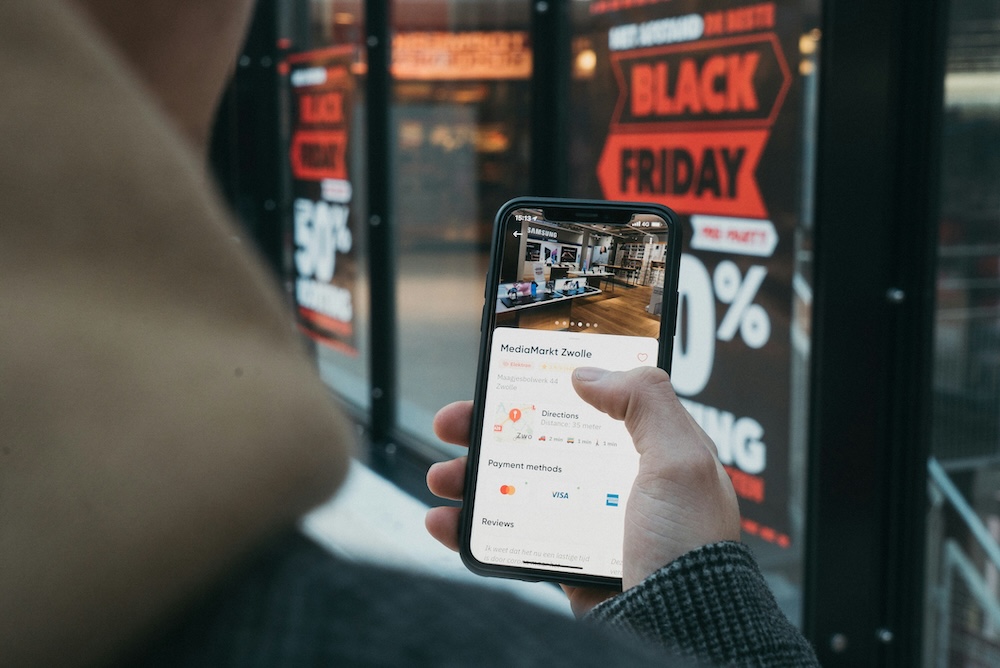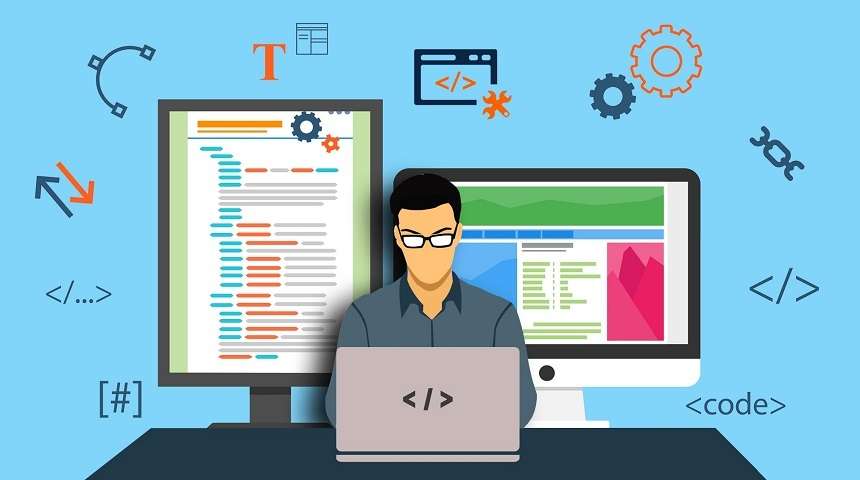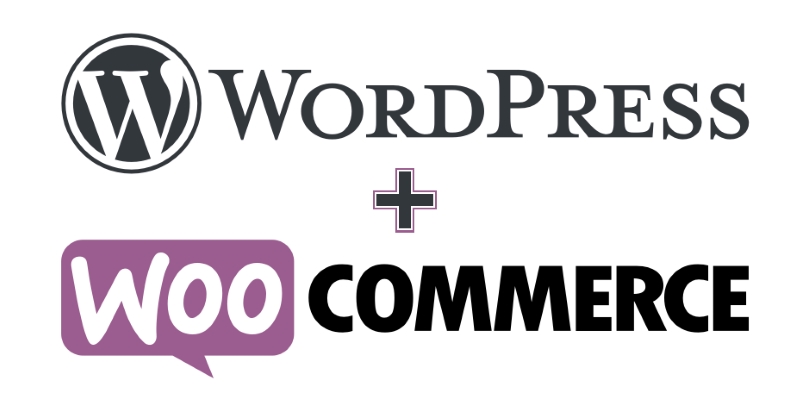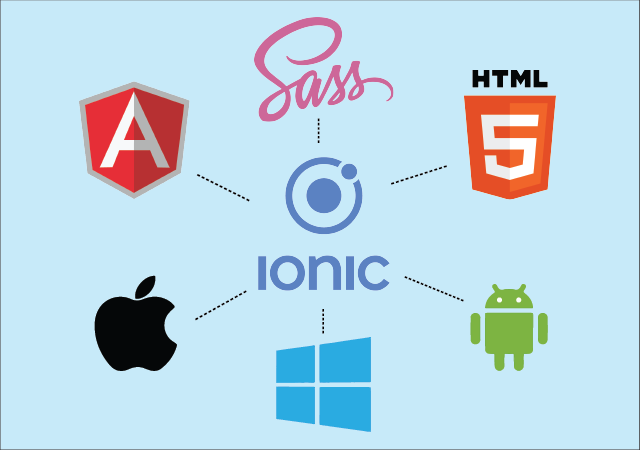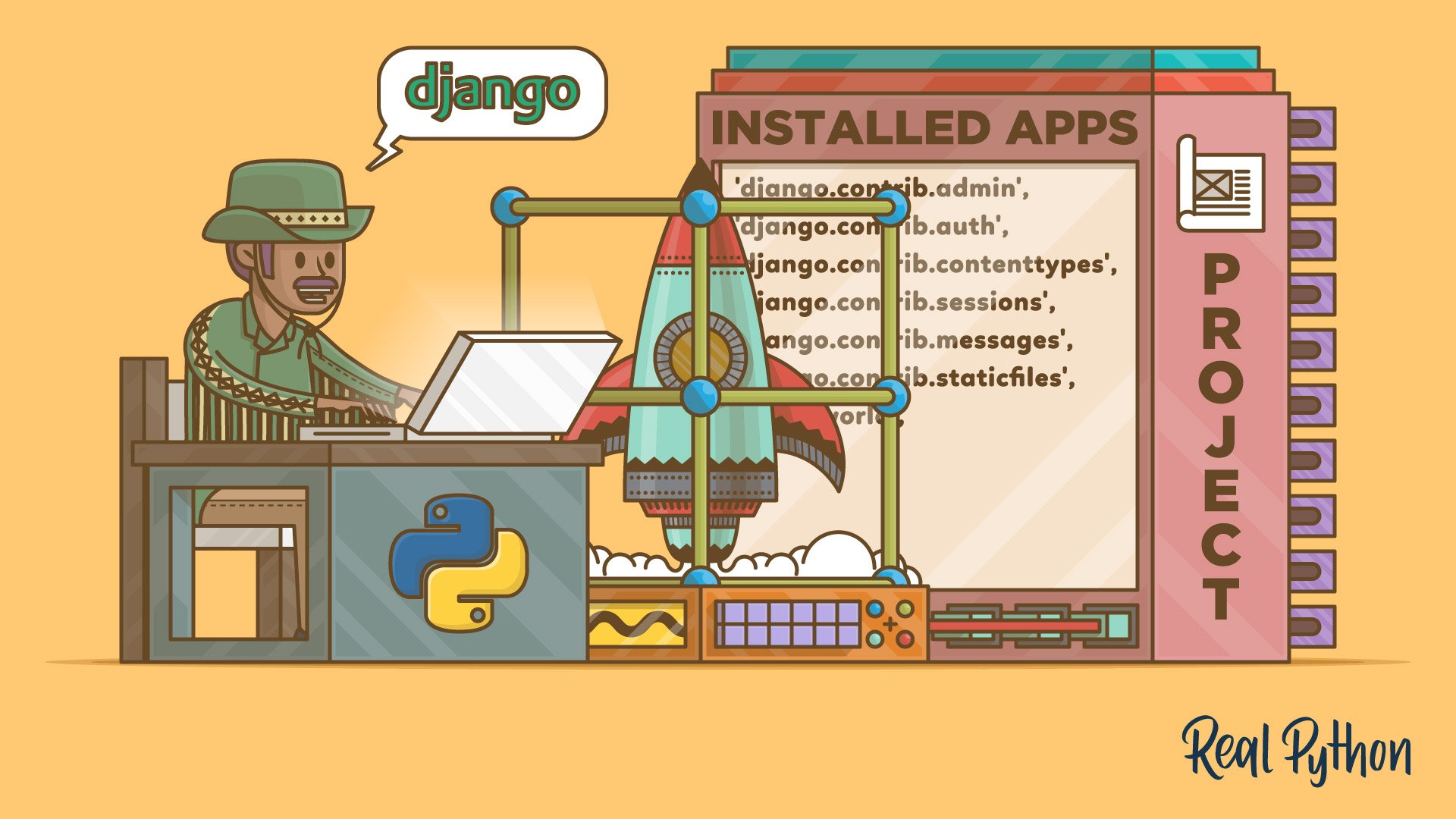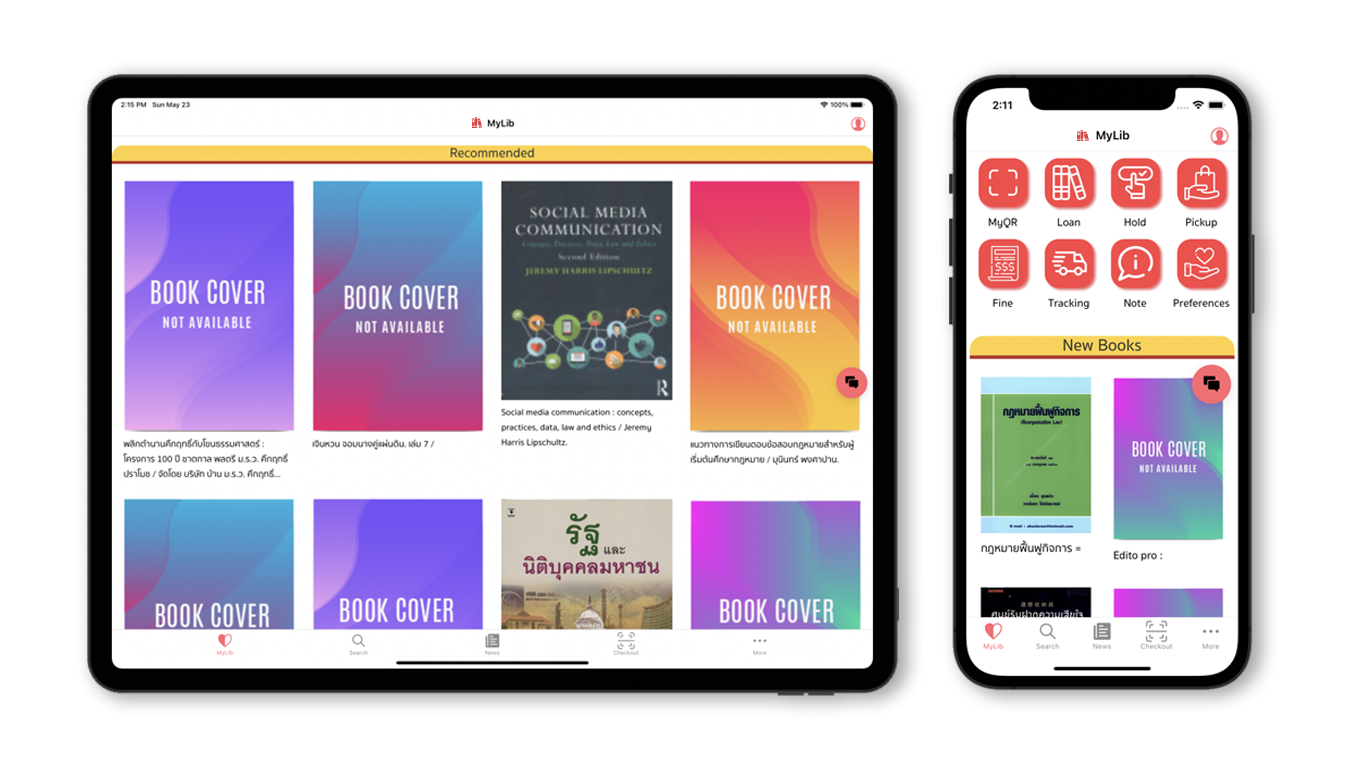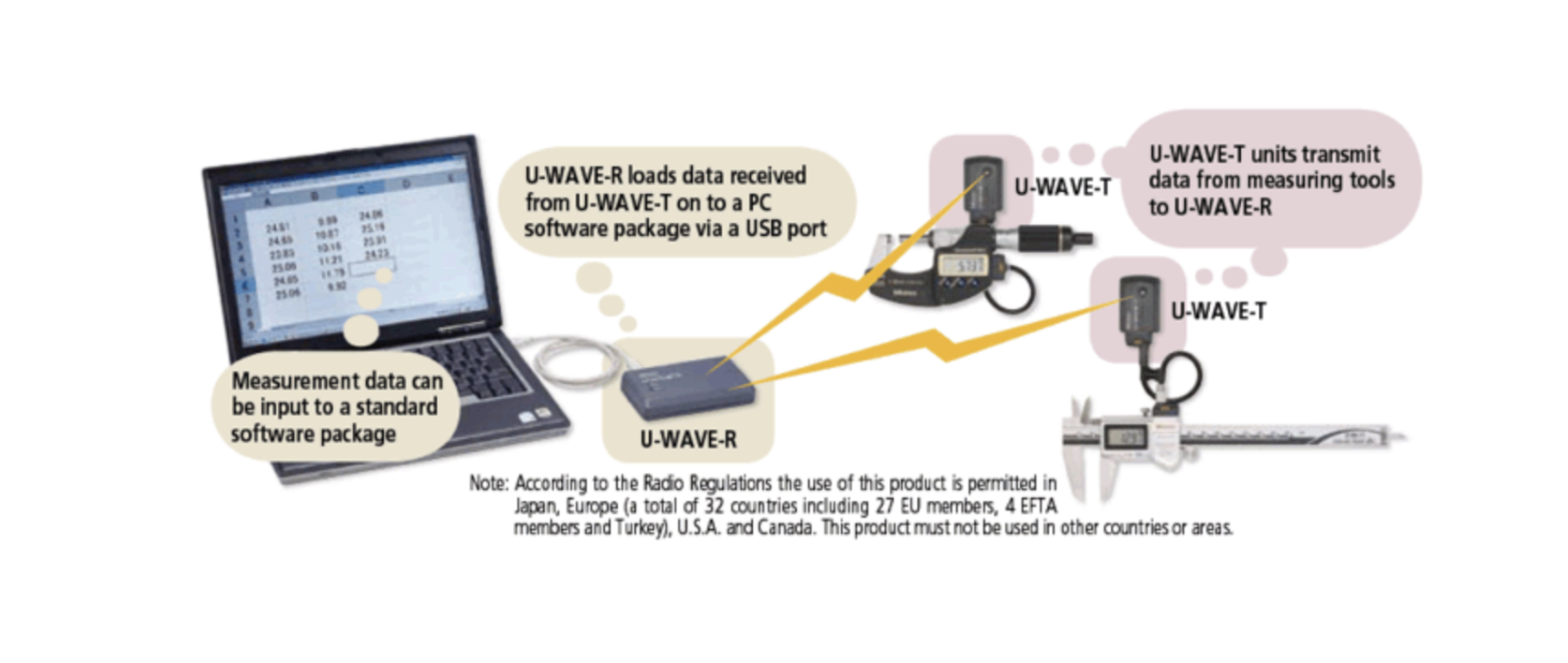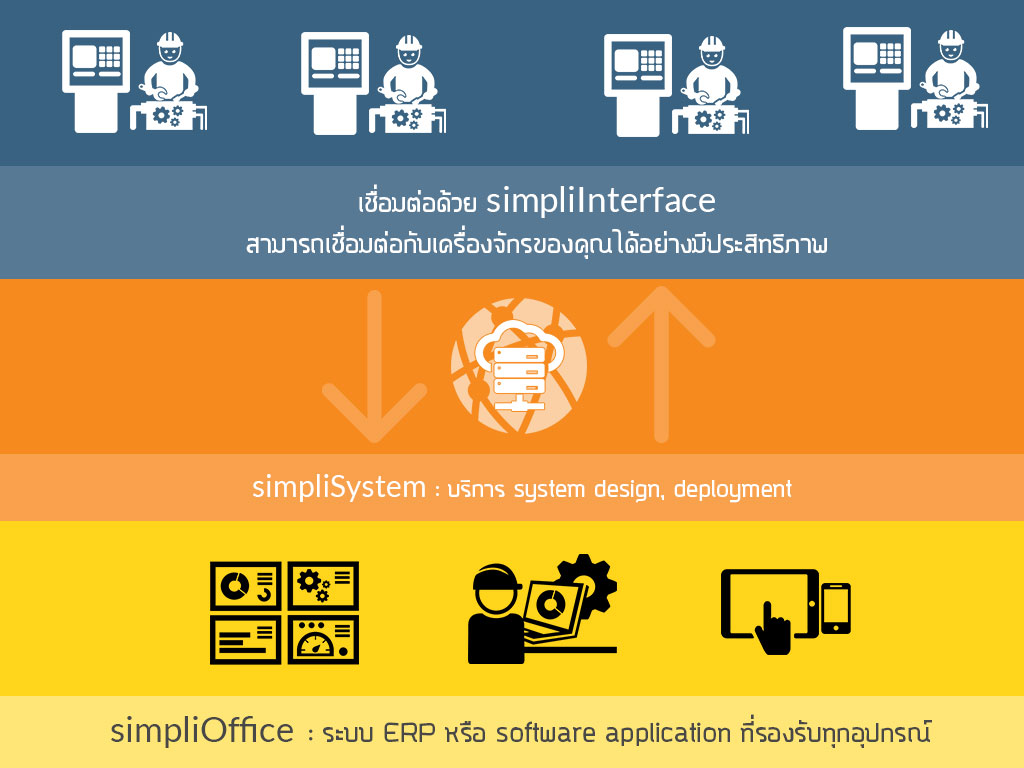Top AI Trends of 2025: A Deep Dive into the Future of Technology
As we step into 2025, artificial intelligence continues to redefine the boundaries of innovation, shaping industries and revolutionizing the way we work, live, and interact. This blog post delves into the top AI trends of the year and explores the technical intricacies behind these transformative advancements.
1. Integration of AI in Business Operations
AI is no longer just a tool; it's the backbone of modern business operations. From predictive analytics to process automation, businesses are leveraging AI to enhance efficiency and decision-making.
Technical Insights:
- Algorithms like ARIMA and LSTM are driving demand forecasting, enabling precise inventory management.
- Distributed computing frameworks, such as Apache Spark, process vast datasets in real-time.
- Deployment of AI models via cloud platforms like AWS SageMaker ensures scalability and reliability.
Example Use Case: A logistics company predicts seasonal demand surges, optimizing supply chains and reducing costs by 30%.
2. Advancements in AI Hardware
The AI hardware revolution continues, with advanced chips making AI training and inference faster and more energy-efficient.
Technical Insights:
- Nvidia A100 and AMD MI250 GPUs, combined with CUDA libraries, enable parallel processing for AI workloads.
- Tensor Processing Units (TPUs) offer specialized hardware for deep learning models, reducing power consumption and enhancing performance.
- Optimization frameworks like PyTorch ensure seamless integration with hardware accelerators.
Example Use Case: Research labs train complex generative models in hours instead of weeks, pushing the boundaries of medical research.
3. AI in Advertising
AI has become a cornerstone of the advertising world, enabling hyper-personalized marketing and real-time optimization.
Technical Insights:
- Recommendation systems use collaborative filtering and reinforcement learning to predict consumer preferences.
- Real-time bidding platforms leverage AI to optimize ad placements in milliseconds.
- Data pipelines built on Apache Kafka ensure seamless data flow for training and deploying ad optimization models.
Example Use Case: An e-commerce platform increases conversion rates by 40% through personalized ad campaigns powered by AI.
4. AI in Creative Industries
Creativity meets computation as AI revolutionizes content creation, filmmaking, music, and more.
Technical Insights:
- Generative models like GANs and diffusion models produce high-quality visual and audio assets.
- Large language models assist in generating scripts, dialogue, and storylines.
- AI-enhanced rendering engines like Unreal Engine bring lifelike animations to life.
Example Use Case: A film studio reduces CGI production time by 50% using AI-powered tools for animation and special effects.
5. AI Governance and Ethics
As AI adoption grows, so do concerns about fairness, transparency, and accountability. Ethical AI is at the forefront of this trend.
Technical Insights:
- Bias detection tools like IBM AI Fairness 360 ensure models adhere to ethical standards.
- Explainable AI (XAI) frameworks like SHAP and LIME provide transparency in decision-making processes.
- Automated audit systems monitor compliance with privacy laws, such as GDPR and CCPA.
Example Use Case: A hiring platform eliminates bias in recruitment by auditing its AI-driven candidate selection process.
6. AI in Project Management
AI-driven project management tools are transforming how teams plan, collaborate, and execute.
Technical Insights:
- Natural Language Understanding (NLU) models like GPT-5 summarize tasks and predict project risks.
- Predictive analytics use Bayesian models to foresee delays and recommend corrective actions.
- AI bots integrated with collaboration tools like Slack provide real-time updates and task prioritization.
Example Use Case: A construction firm predicts and mitigates project delays, saving millions in potential losses.
7. AI in Healthcare
AI's impact on healthcare is profound, from diagnostics to personalized treatment.
Technical Insights:
- Convolutional Neural Networks (CNNs) analyze medical images, identifying diseases with greater accuracy.
- Transformers like BERT process clinical notes, extracting actionable insights for care providers.
- Edge AI models optimize wearable devices for real-time health monitoring.
Example Use Case: AI-powered diagnostic tools detect early-stage cancers with a 95% accuracy rate, revolutionizing patient outcomes.
Conclusion
The AI trends of 2025 showcase a rapidly advancing field that is not just shaping industries but transforming the world around us. With its integration into business, hardware innovations, creative applications, ethical frameworks, and healthcare advancements, AI is undeniably the driving force of the future.
To stay ahead in this ever-evolving landscape, businesses, developers, and policymakers must not only understand these trends but also actively engage with the technologies driving them. The future is here—let’s build it wisely.
Get in Touch with us
Related Posts
- SimpliPOSFlex. 面向真实作业现场的 POS 系统(中国市场版)
- SimpliPOSFlex. The POS Designed for Businesses Where Reality Matters
- 经典编程思维 —— 向 Kernighan & Pike 学习
- Classic Programming Thinking: What We Still Learn from Kernighan & Pike
- 在开始写代码之前:我们一定会先问客户的 5 个问题
- Before Writing Code: The 5 Questions We Always Ask Our Clients
- 为什么“能赚钱的系统”未必拥有真正的价值
- Why Profitable Systems Can Still Have No Real Value
- 她的世界
- Her World
- Temporal × 本地大模型 × Robot Framework 面向中国企业的可靠业务自动化架构实践
- Building Reliable Office Automation with Temporal, Local LLMs, and Robot Framework
- RPA + AI: 为什么没有“智能”的自动化一定失败, 而没有“治理”的智能同样不可落地
- RPA + AI: Why Automation Fails Without Intelligence — and Intelligence Fails Without Control
- Simulating Border Conflict and Proxy War
- 先解决“检索与访问”问题 重塑高校图书馆战略价值的最快路径
- Fix Discovery & Access First: The Fastest Way to Restore the University Library’s Strategic Value
- 我们正在开发一个连接工厂与再生资源企业的废料交易平台
- We’re Building a Better Way for Factories and Recyclers to Trade Scrap
- 如何使用 Python 开发 MES(制造执行系统) —— 面向中国制造企业的实用指南



